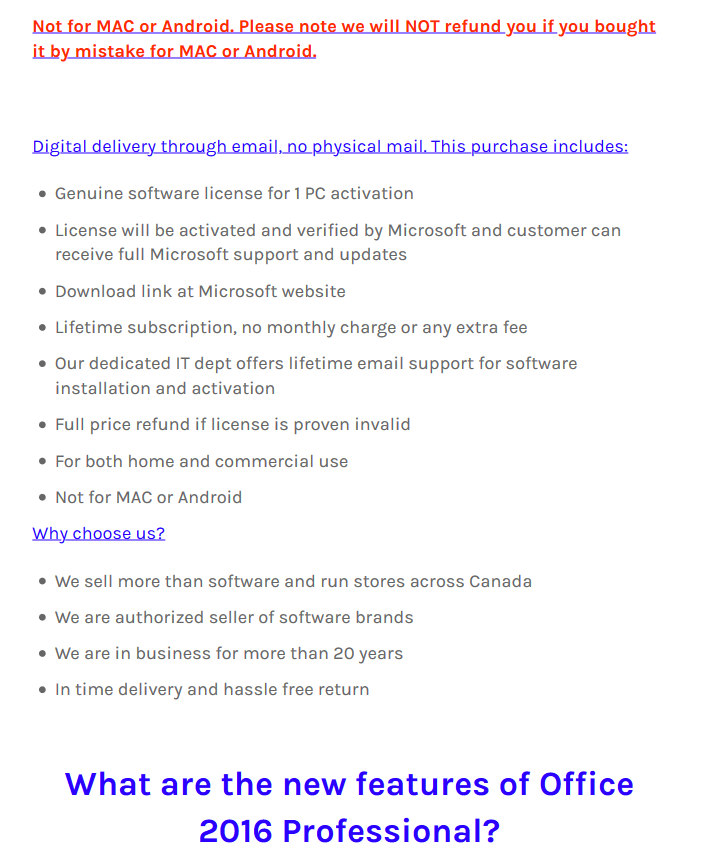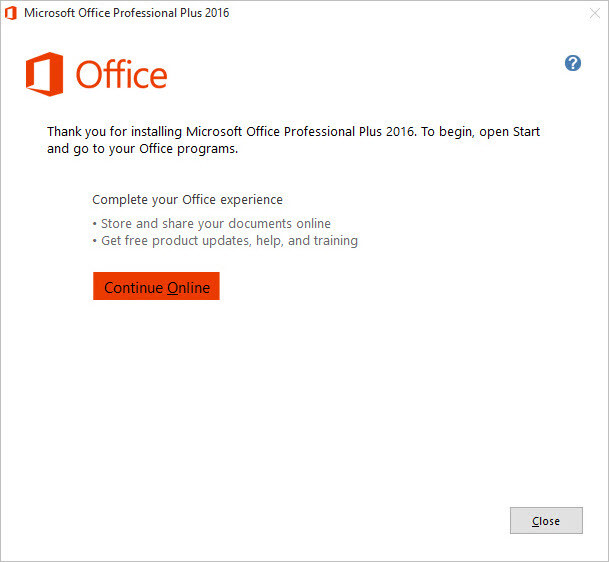

You can access the Backstage page when you click the File tab on the Ribbon. This is a page separate from the work area as it facilitates the process of saving, sharing, printing, and encrypting your file. Apart from the work area and the Ribbon is the Backstage area. You can then click on a button, tool or gallery option to apply a specific command. To activate a tab, click on tab name and a group of commands will be displayed. All the commands are organized into relevant tabs. The Ribbon is the program’s command center as it hosts a series of commands further broken down into groups. Once you have completed the said information, you can use the Ribbon to arrange them thematically. The work area gathers his information to help you view them from a number of different perspectives such as a sheet, a chart, a Gantt chart, or a combination of the three. In Microsoft Project, a project must contain a series of tasks and resources.

The work area occupies the largest part of the screen as it contains all the data necessary for your project. Microsoft Project Professional is made up of three key sections: work area, the ribbon, and the backstage. The version is also the first of the Project Professional series to offer multiple timeline display, manager views, resource engagements, and capacity heat maps. This 2016 edition of Microsoft Project Professional is the last to support Windows 7, 8, and 8.1, and is also compatible with Windows 19. It is designed to assist project managers in creating schedules, distributing resources to tasks, managing budgets, analyzing workloads, and evaluating project development.
#Ms office professional plus 2016 standalone installer software#
Microsoft Project Professional is a project management software developed and published by Microsoft.


 0 kommentar(er)
0 kommentar(er)
